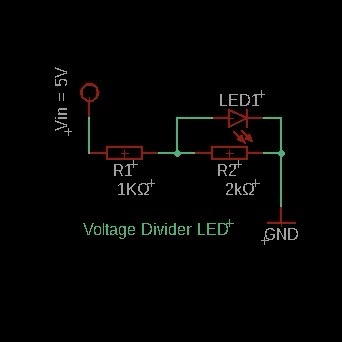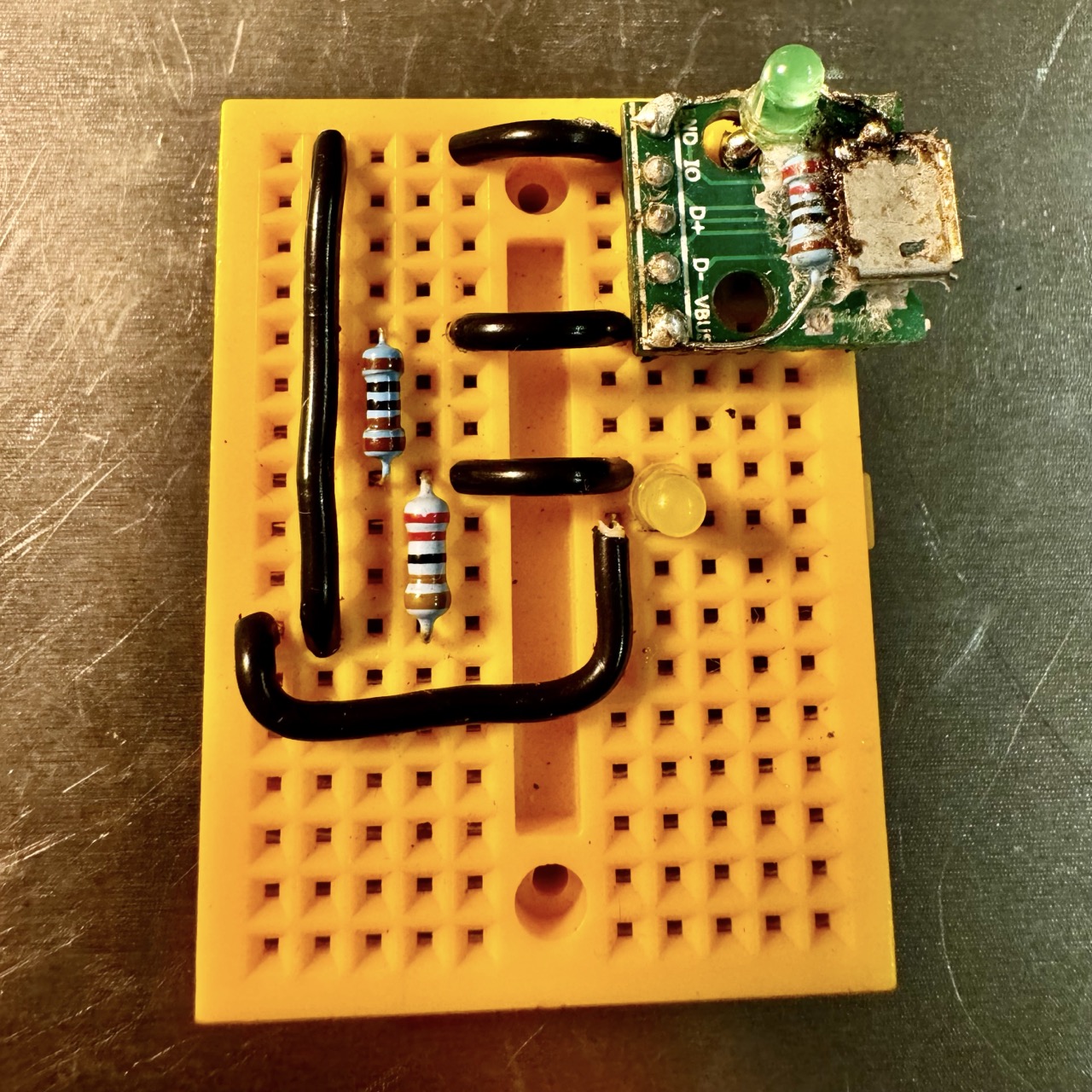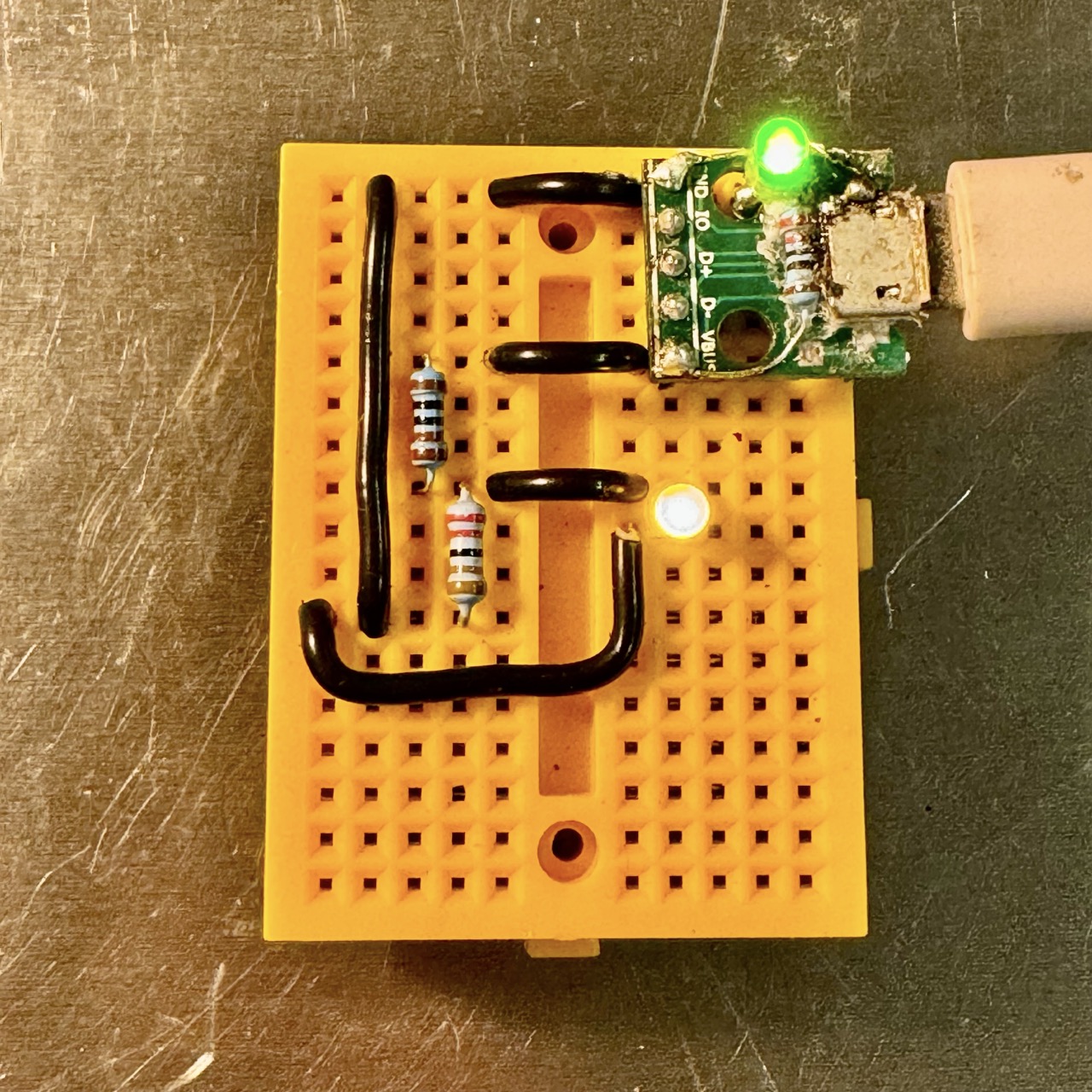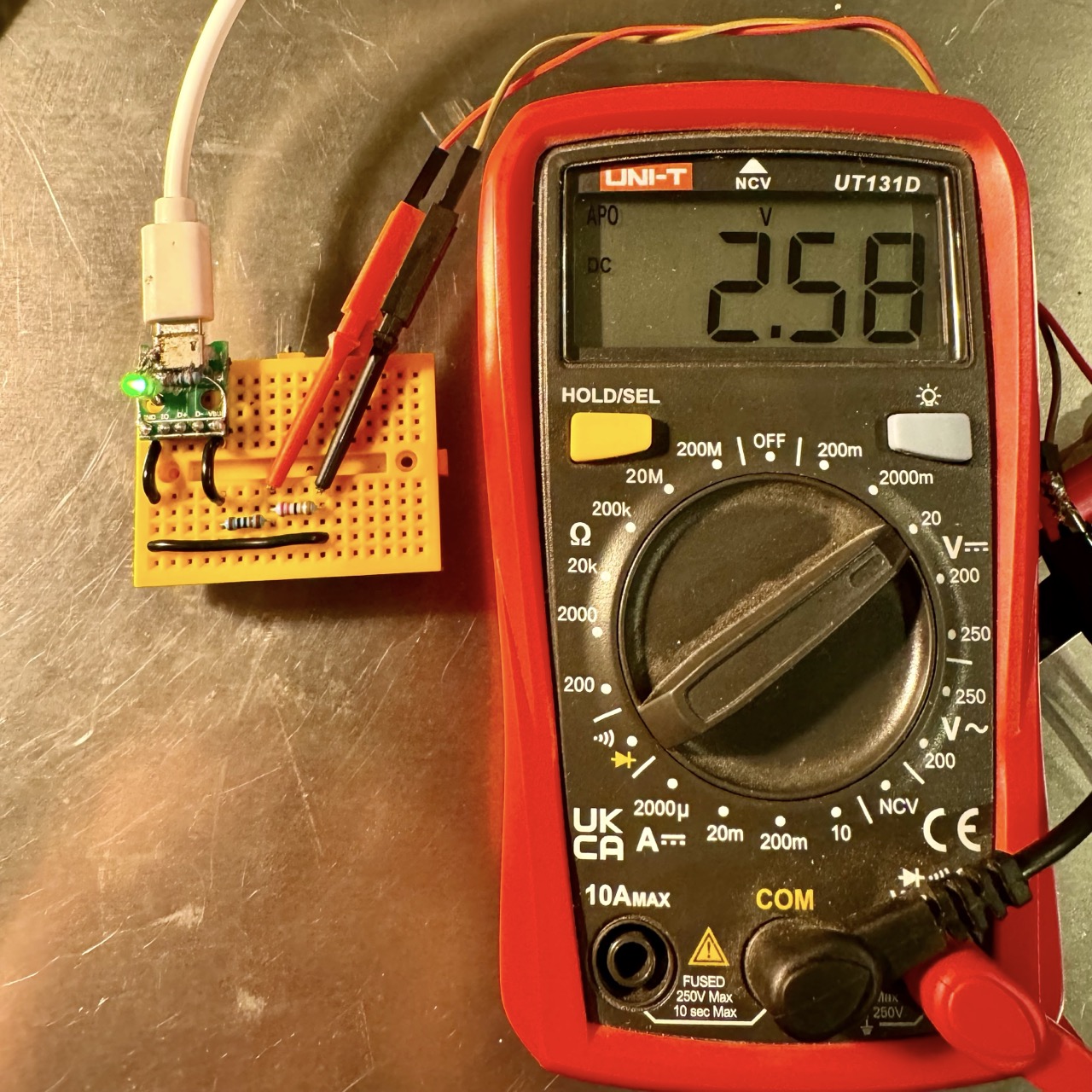
Voltage Divider for LED Brightness Control
Learn how to use a voltage divider circuit to adjust the brightness of an LED. Follow this step-by-step guide with calculations and practical circuit diagrams.

Learn how to use a voltage divider circuit to adjust the brightness of an LED. Follow this step-by-step guide with calculations and practical circuit diagrams.
To understand how a voltage divider circuit can be used to control the brightness of an LED by adjusting the voltage applied to it.
Connect the circuit as shown in the diagram below. The voltage divider consists of two resistors in series, with the LED connected across the second resistor.

A voltage divider circuit splits the input voltage between two resistors. The output voltage is taken from the connection between the two resistors and is calculated using the formula:
V_out = V_in * (R2 / (R1 + R2))
By selecting different resistor values, we can adjust the output voltage to control the LED brightness.


Record the brightness of the LED at different resistor values. Adjust the resistor values to see how the output voltage affects LED brightness.

This experiment demonstrates that a voltage divider can be used to control the brightness of an LED by adjusting the voltage applied to it. By changing resistor values, we can vary the output voltage, which in turn affects the LED brightness.